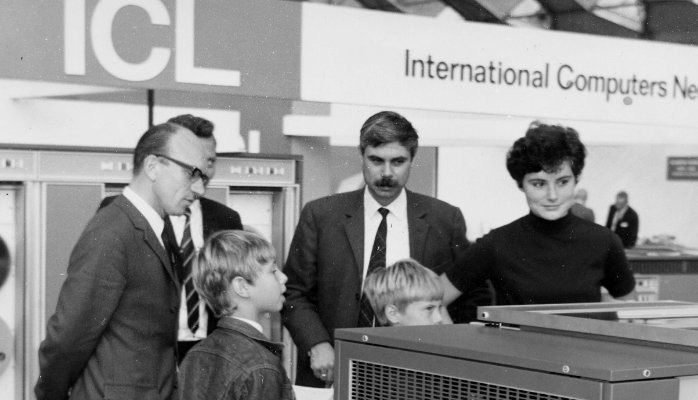
What My Father Taught Me: Empathy Drives Innovation
“You never really understand a person until you consider things from his point of view... Until you climb inside of his skin and walk around in it.” Harper Lee
Many years ago my father told me something that stuck. He was, I know now, passing along a piece of wisdom that exists in nearly every culture – whether as a Chinese proverb or a passage in Harper Lee’s To Kill A Mockingbird.
He told me to always consider someone else’s perspective. Step into the shoes of the person you are trying to help, he said, or you won’t be able to help them. Do not make judgments until you understand their perspective.
There’s a reason this piece of advice has been with me for so long. It’s an elemental way to understanding and teaching empathy. Without empathy it’s almost certain we won’t be good colleagues or friends, let alone be able to get the collaboration required to solve the most pressing problems across the globe.
Of course, this piece of advice is so universal it applies to my personal and business interactions almost every day. As someone who manages a large organization, it’s central to my understanding what motivates employees and what their pressure points are. If I’m able to consider a variety of perspectives it makes Philips a better place to work.
It also drives me to better understand our customers, our partners, and just about everyone I come into contact with. In other words, it’s good business to know what others think and to bring an open mind to the table.
If we undertake a large design project without putting ourselves in the shoes of users, we are doomed to fail.
This kind of thinking even informs how we go about designing a new product or how to solve our customer’s problems. If we undertake a large project without being guided by the value we create for customers we are doomed to fail.
Stories of a “perfect” design failing the first time the user gets his or her hands on the product are legion. But it’s much more than avoiding a design mistake – it’s also about understanding how to make improvements when you already have something good. It’s about making it great.
Last year, for instance, when we set up HealthSuite Labs, we decided to use design thinking in order to help us understand a complex set of problems. It dawned on me that we rarely set about designing complex systems, like healthcare delivery, with all stakeholders’ perspectives in mind. So we brought in physicians, the CEO’s of a hospital and a care organization, of course, patients and their care givers, to help us think about what would work in a real world setting. The CEO was standing next to the patient putting stickies on the design board and they were essentially co-creating the new pathway. Guess what? By jointly designing with all stakeholders, we create better products and services and most importantly we establish the buy-in for successful deployment and continuous improvement.
A HealthSuite Labs session
Before I wrote this column I gave some thought as to why my father’s advice had stuck with me for so many years. I think it’s because the advice has always been productive when called into action. But more than that, it encourages a humble mindset, and acknowledges that as individuals we are stronger when we are able to understand how we relate to other people. In today’s world, where divisiveness based on race, religion or political views is becoming commonplace, I think we need a little more of that kind of thinking.
In the late 1960s my father took me to IT conventions and taught me the first things on computers. Next to his advice on empathy this was another thing that stuck. It sowed the seed for my future passion. On this picture you see me in front of my father (second from right) in awe of the computing power of an ICL mainframe. He also taught me how to code, which gave me a tremendous sense of freedom to create.



* Passionate about Social Good *Bilingual-Spanish * Accomplished at connecting products, people and resources.
2yVery true!
Research and Insights professional with over 20 years of experience - B2C and B2B, supplier and client-side
2yVery true!
Mathematics Instructor at Baltimore City Public Schools
7yhmmmm? I had always assumed that necessity drove innovations
NIH funded Cardiac Surgeon Scientist @Harvard Medical School
7ygreat share Jeroen Tas
Business Development & Sales - Semiconductors |Pre-Silicon | Post Silicon | Embedded SW
7yHi Jeroen, this is something the EMPATAHY factor which makes the difference to society. My father , your father, all fathers are embedded with Sympathy for their kid eventually teaching Empathy , great.